What is Calypso?

Oh, no my dear reader, you are wrong about the Calypso, I won't talk about her, I am going to talk about the Calypso music played in Venezuela.
Hello hello my dear friends of read.cash, how have you been today? I hope you are feeling great. Yesterday I was talking to you about carnival, since this holiday is approaching and I mentioned about calypso, but I didn't explain it to you, in today's article I will explain what is calypso and its origin.
Friday, February 25th
What is calypso?
It is a musical genre that is usually played in the carnival, accompanying the comparsas, this genre is quite cheerful, colorful and danceable. The origin of this rhythm is Afro-Caribbean, originally from Trinidad and Tobago, but over the years, in Venezuela they began to adapt this rhythm and began to use instruments such as the cuatro, the bell, the drum called bumbac, the guitar, the electric bass, the charrasca and different voices. One of the most important things about calypso is the lyrics, since its songs tell different stories, which can be a fact of daily life or mischievous stories.
Calypso as it is known today began more than 100 years ago in the areas of El Callao, at this time it was accompanied with palms, then instruments made of bamboo, these instruments were used to accompany the songs that were made in the different farms. As time went by, steel drums began to be used, these drums were used because of the need to create a percussive instrument.
In Venezuela, calypso began to be played in El Callao, then advanced throughout the state of Bolivar, until it spread to the eastern part of the state of Sucre, Nueva Esparta, Monagas and Anzoátegui. Nowadays calypso is traditionally sung in English, but it has been adapted to be sung in Spanish or in both languages.
One of the main characteristics of calypso, apart from the music and the dance, is its theater that includes the madamas, the mediopintos and the dancing devils.

Origin
The origin of calypso goes back to the 19th century, where there were large migrations to Venezuela, where African slaves worked in the sugar cane plantations of the island of Trinidad and Tobago, and other Caribbean Islands. These slaves were brought to Venezuela to work in the gold mines located in El Callao, Bolivar State, creating a mixture of different cultures, which brought with them their music and traditions. The mixture of these different Caribbean genres known today as Calypso became popular in El Callao, then spread throughout the state of Bolivar and finally became a fundamental part of Venezuela's festivities.
At that time there began to be calypso singing competitions during the carnival festivities, this was what started calypso to be the musical genre used in the carnival festivities.
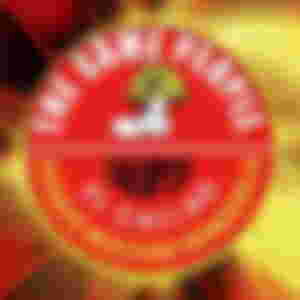
One of the best known calypso bands is The Same People, who with their music and different interpretations began to brighten up the carnivals of El Callao.
Dances and Theater
Like any other Venezuelan festivity, there are different characters that are the protagonists of these celebrations. These characters are full of joy and colors. In the case of El Callao, the protagonists tell the story of the transculturation that was going on at that time. Among the characters are:
The madams: they are the most representative women of the festivity, they tell the story of the ladies who were brought to work as teachers, teaching English, French, they transmitted the costumes and customs. These characters are dressed with very colorful clothes, colorful scarves that are knotted on their heads, colorful turbans on their skirts and on their waists they wear ribbons on the sides that gather their skirts, if they are married they wear one ribbon, if they are single they wear two ribbons.

The medio-pinto or negro pinto: they are characters that are totally painted in black, this paint is prepared with a base of ground charcoal, papelón and water. These people wander around in the middle of the parade, they usually go in groups or alone, they can also paint the faces of the tourists with the paint that they put on themselves.
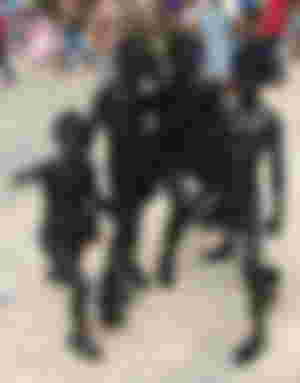
The devils of El Callao: these characters represent the magic and religion of these festivities. Their clothing has white, red, black and yellow colors, they cover their faces with large masks that can have threatening faces and in their hand they carry a trident, with which they make their way through the crowd. Their dance is contagious and they invite the people around them to dance.


Calypso and Carnival have become part of our culture as Venezuelans, combining the traditions of our ancestors with the present, making this a living testimony of miscegenation, a great celebration that takes us to enjoy for several days, from the end of February until the beginning of March.
Thank you very much my dear reader for having reached the end of my article, I hope you liked it and have learned a little about my country, there are many festivities, as the year progresses I will explain the upcoming festivity. Today is already Friday, February 25 and carnival has begun.
Remember that you can visit my sponsors and read their wonderful stories, have a happy weekend.
See you in the next article!
All content is original
All images were downloaded from the web
The links from where I got the information are shown below
http://teoriamusicalycultuavenezolana.blogspot.com/2013/09/el-calipso-venezolano.html?m=1
https://www.efdeportes.com/efd118/el-calipso-del-callao.htm
https://es.m.wikipedia.org/wiki/Calipso_de_El_Callao
https://www.venezuelatuya.com/musica/calipso_venezolano.htm
https://es.m.wikipedia.org/wiki/Calipso_(m%C3%BAsica)
Greetings from Venezuela

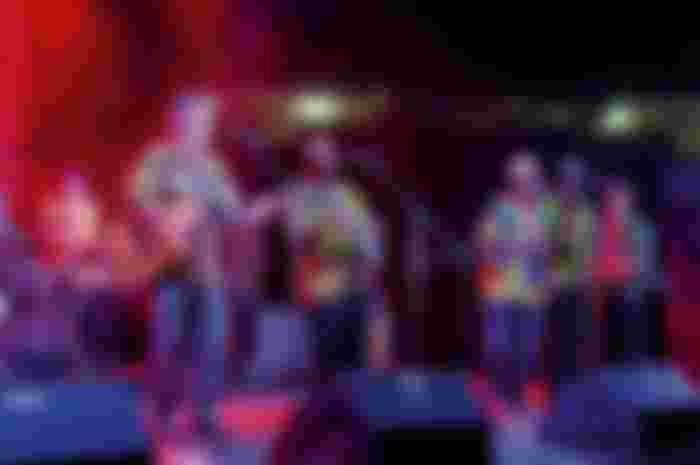

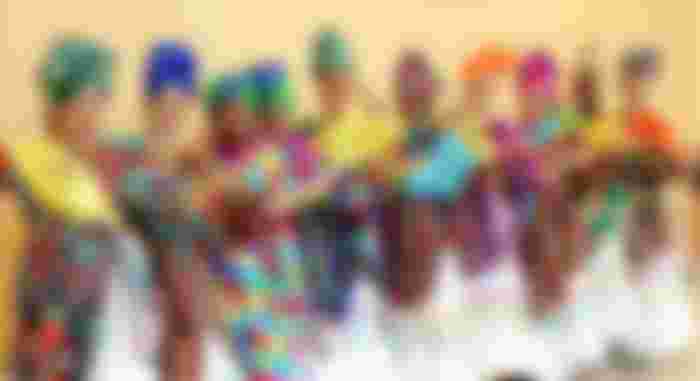

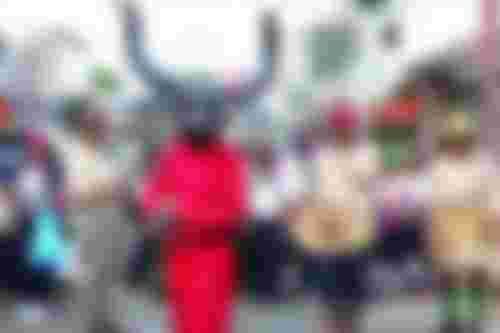
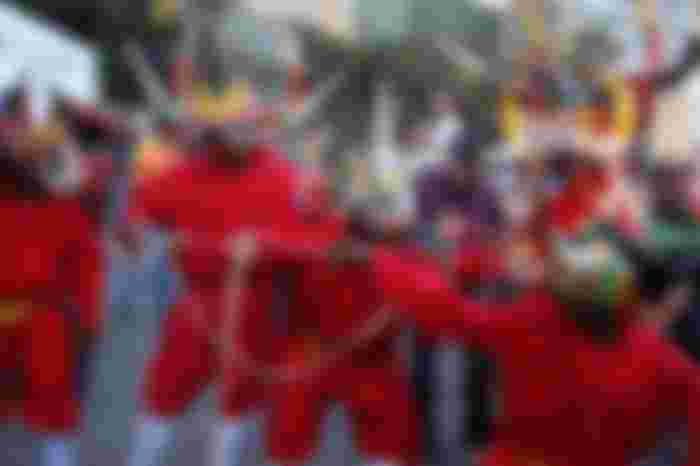
Very good your article, one of the great representatives of the carnival in the Devil of Cumaná, every year he participated in the carnival, becoming an international character.